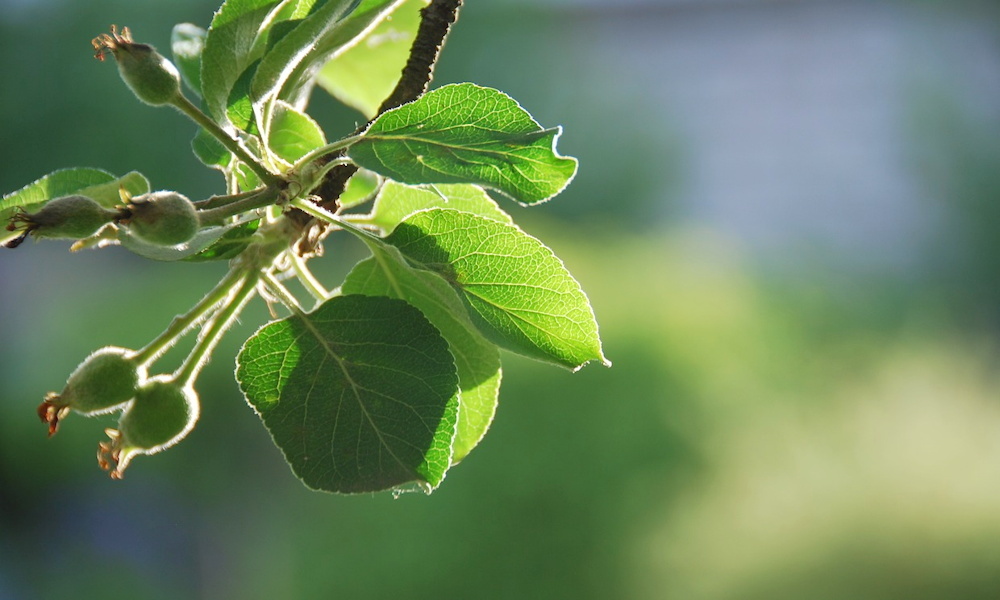As June arrives, garden owners are greeted with an abundance of growth and activity. This month is pivotal for ensuring that your garden flourishes throughout the summer. Whether you have vegetable beds, a kitchen garden with herbs, flower beds, fruit trees and bushes or a lawn, there are essential tasks to tackle. In line with modern gardening trends, this article emphasizes eco-friendly practices, helping you nurture your garden while protecting the environment.
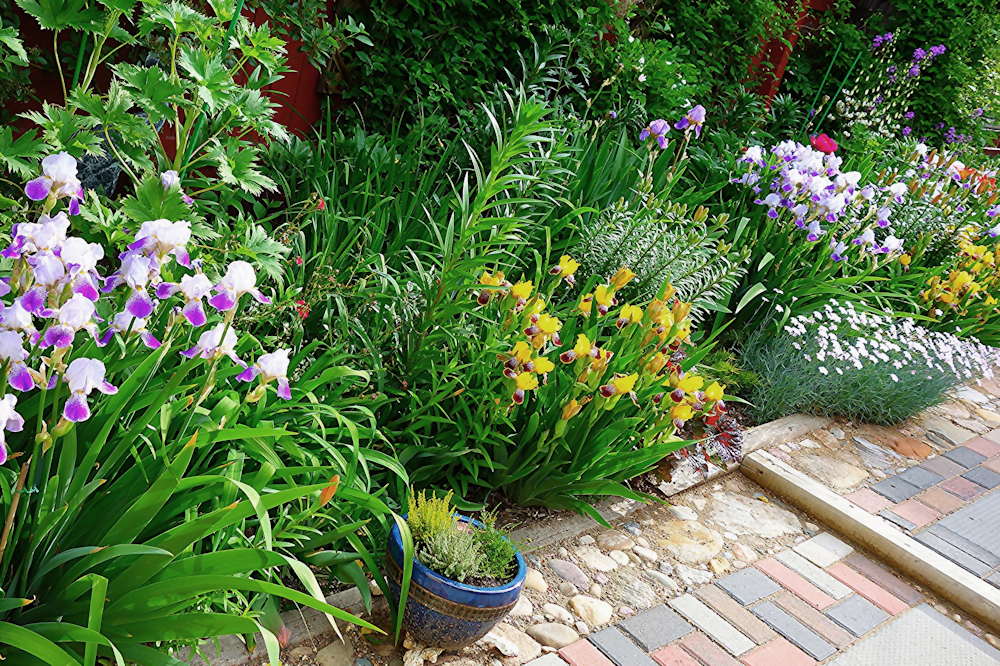
1. Vegetable Garden Care
Planting and Harvesting
June is ideal for planting warm-season crops like tomatoes, peppers, cucumbers and squash. Make sure to space them appropriately to allow for growth and air circulation. For ongoing harvests, succession planting of crops like lettuce, radishes and beans is beneficial.
Pest Control
As pests become more active, consider integrated pest management (IPM). This approach includes using physical barriers like row covers, encouraging beneficial insects (ladybugs and lacewings) and applying organic solutions such as neem oil or insecticidal soaps. Remember, chemicals should be a last resort.
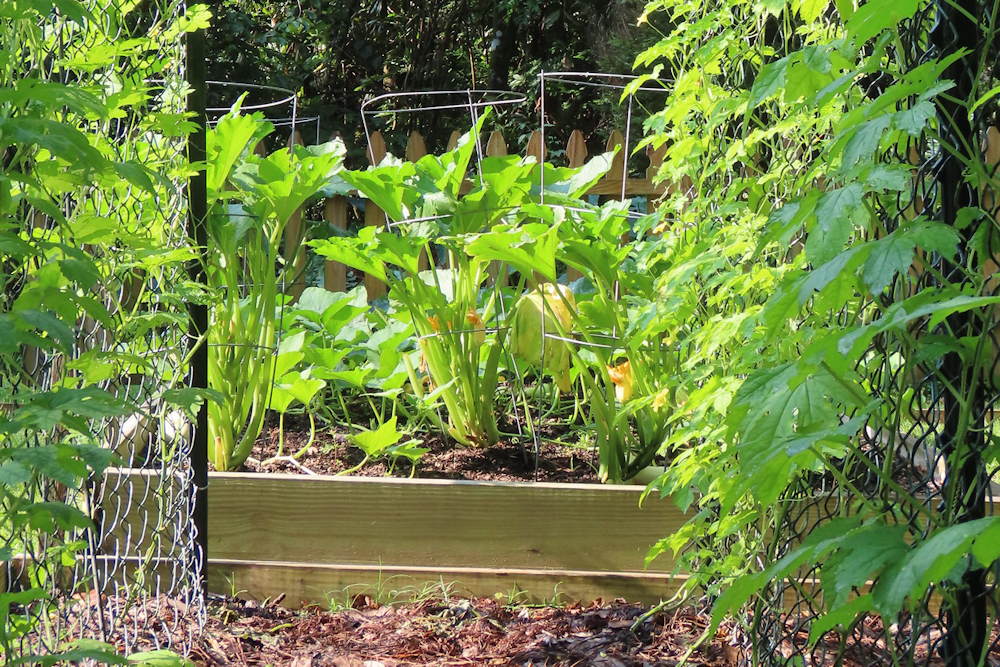
2. Herb Garden Maintenance
Pruning and Harvesting
Regularly prune herbs like basil, mint and oregano to encourage bushier growth. Harvest herbs in the morning when their essential oils are most potent. Consider drying or freezing excess harvest for later use.
Companion Planting
Integrate herbs like rosemary, thyme and lavender with your vegetables. These herbs can deter pests and attract pollinators, enhancing the overall health of your garden ecosystem.
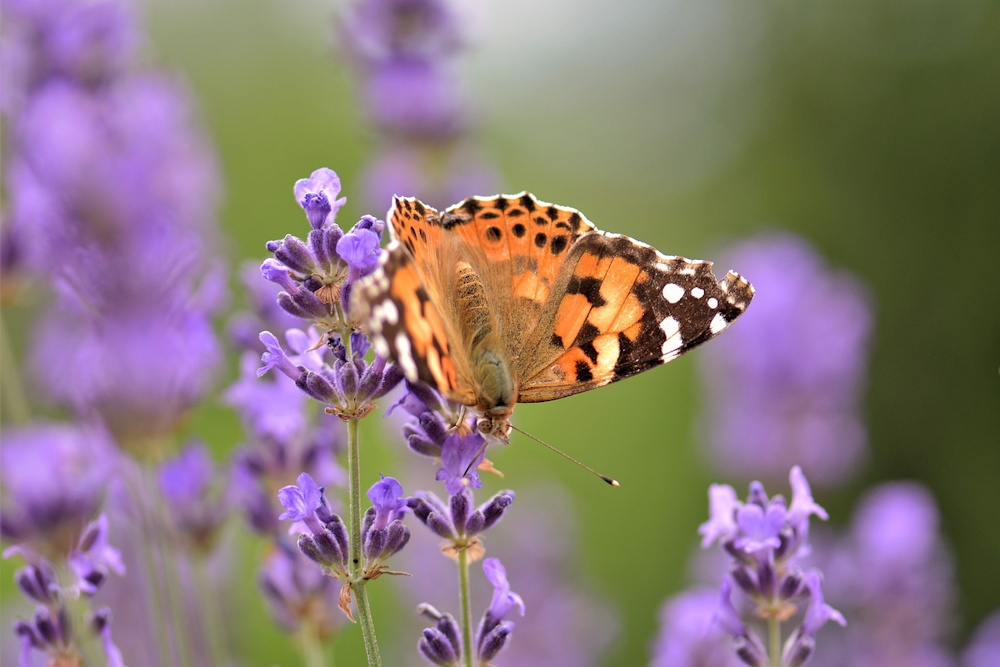
3. Flower Bed Upkeep
Deadheading and Pruning
To keep your flower beds vibrant, regularly deadhead spent blooms and prune back any leggy growth. This encourages continuous blooming and a tidy appearance. Common garden flowers that benefit from deadheading in June include roses, marigolds, petunias and geraniums. By removing the faded flowers, you not only promote new blooms but also prevent the plants from diverting energy into seed production.
Watering and Mulching
June can be hot and dry, so ensure your flower beds are well-watered. Use soaker hoses or drip irrigation to conserve water. Mulch with organic materials such as straw, wood chips or compost to retain soil moisture and suppress weeds.
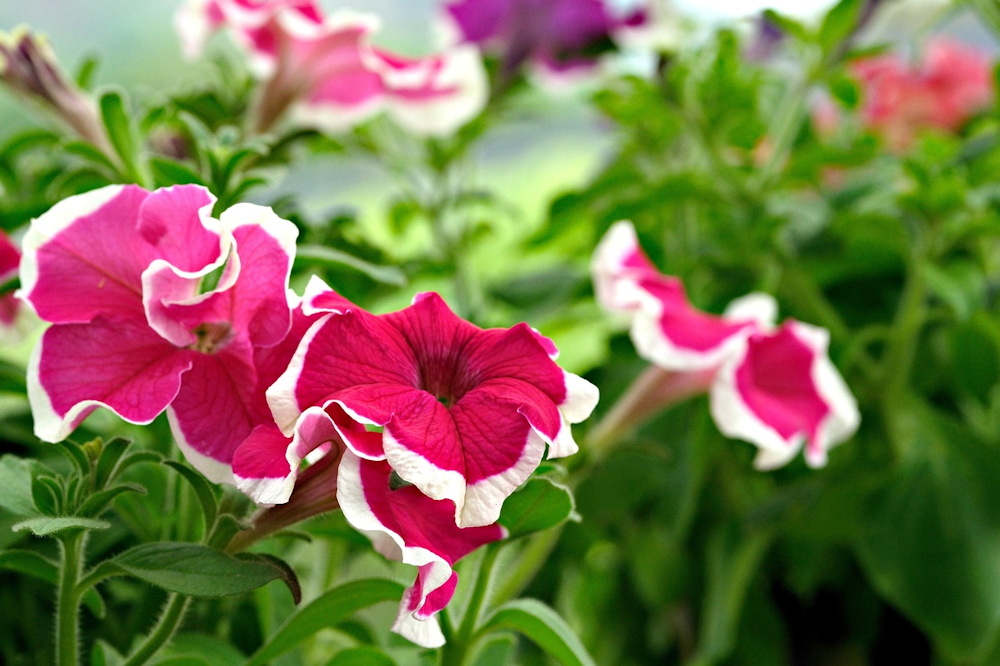
4. Fruit Trees and Bushes
Thinning and Pruning
Fruit trees and bushes often set more fruit than they can support. Thin excess fruits to prevent branches from breaking and to ensure better quality produce. Perform summer pruning to remove any dead or diseased branches, improve air circulation and shape the plants.
Organic Fertilization
Apply compost or well-rotted manure around the base of fruit trees and bushes to provide a steady release of nutrients. Avoid synthetic fertilizers that can harm beneficial soil organisms.
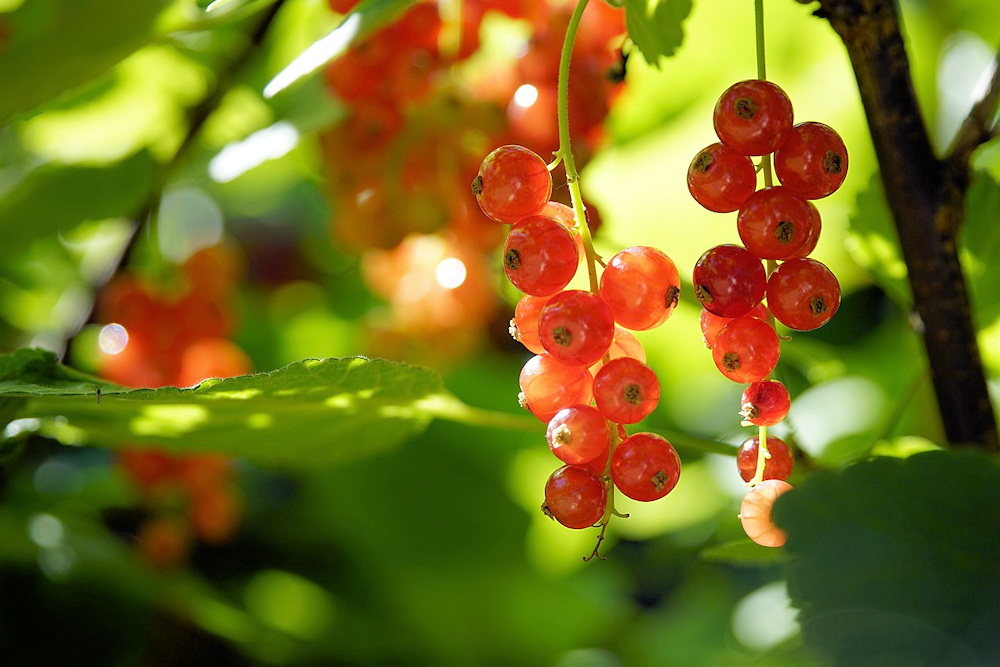
5. Lawn Care
Mowing and Watering
Set your mower blades higher in June to keep grass longer, which helps retain moisture and shade the soil. Water your lawn early in the morning to reduce evaporation and fungal growth.
Weed Management
Hand-pull weeds or use a hoe to remove them. For persistent weeds, consider using a vinegar-based herbicide. Overseed any bare patches to maintain a thick, healthy lawn that naturally suppresses weeds.
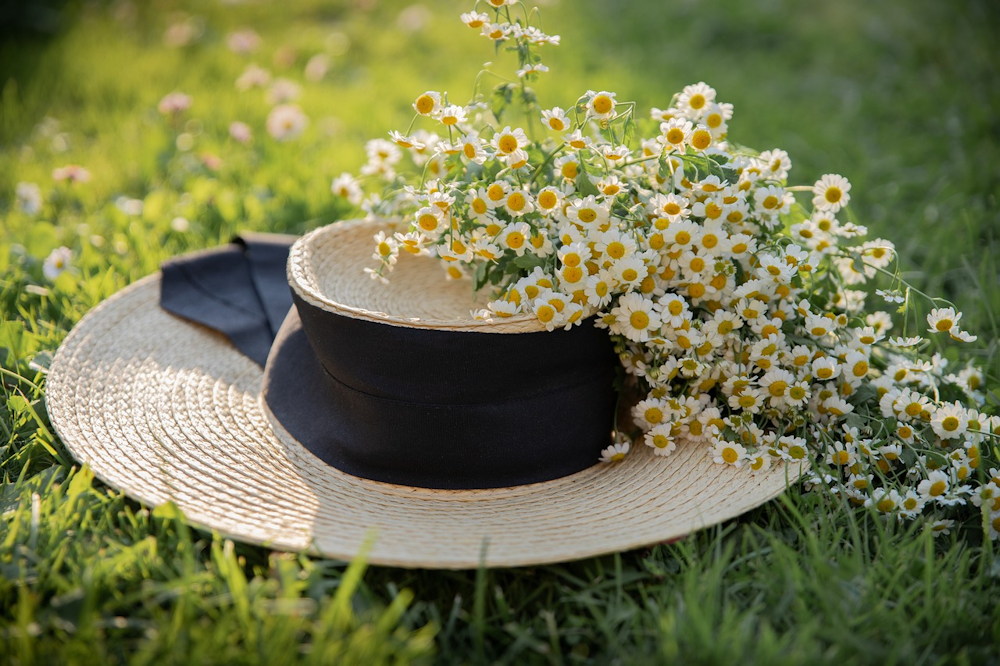
Eco-Friendly Disposal and Recycling
Green Pruning
When pruning plants, avoid sending the clippings to the trash. Instead, recycle them by adding to your compost pile, where they can break down into nutrient-rich compost. For best results, cut branches into smaller pieces to speed up decomposition and ensure they mix well with other compost materials. Alternatively, use shredded branches as mulch around plants to conserve moisture and reduce weed growth.
Composting
June is a great time to start or turn your compost pile. Include a mix of green materials (grass clippings, vegetable scraps) and brown materials (dried leaves, straw) to balance nitrogen and carbon. Composting not only reduces waste but also enriches your soil naturally.

Bringing It All Together
June is a bustling month for gardeners, filled with tasks that promote growth and sustainability. By incorporating eco-friendly practices, you can maintain a healthy, vibrant garden that thrives while minimizing environmental impact. Embrace these tips and enjoy the rewards of a flourishing garden throughout the summer months. Happy gardening!



